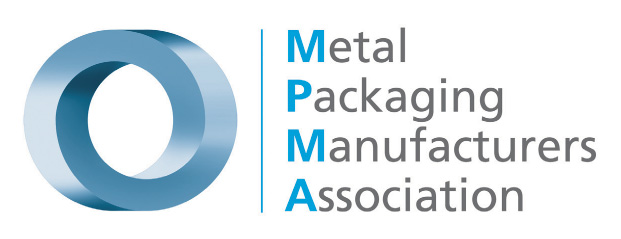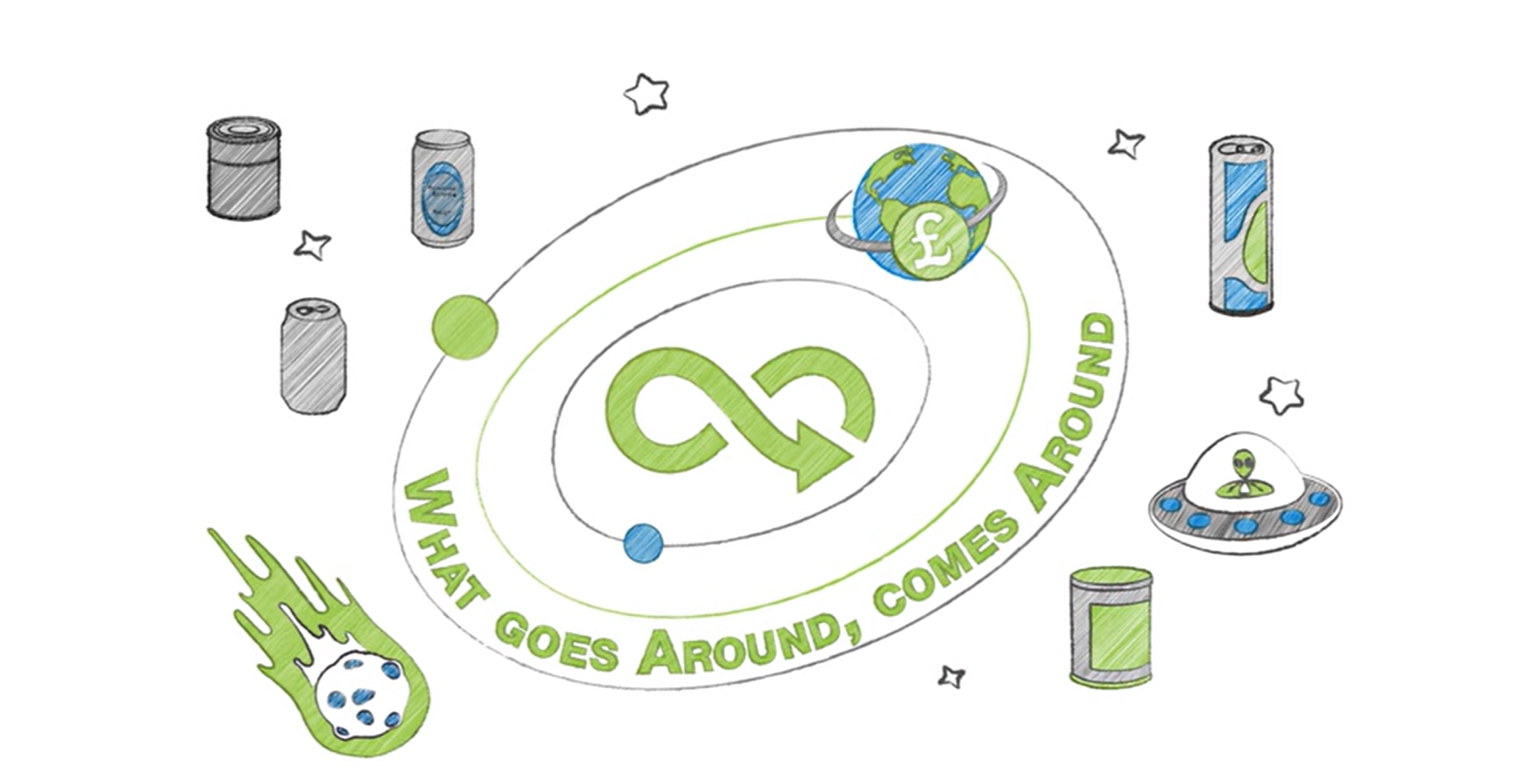 Jason Galley, Director and Chief Executive, MPMA, asks the question …
Jason Galley, Director and Chief Executive, MPMA, asks the question …
SO JUST HOW HIGH QUALITY IS ‘HIGH-QUALITY RECYCLING’?
Making the case for ‘true-recycling’
The end of last year saw a long awaited, first attempt definition of ‘high-quality recycling’ delivered by ENVI – the European Parliament’s Environment Committee on the PPWR (Packaging Waste Regulation).
Predictably, the attempt at a definition was welcomed by the representative trade bodies of most materials, but always with a caveat that it didn’t really do their material justice, or that it favours one material over another.
Metal packaging was no exception in this respect.
A display of support for the introduction of the concept of high-quality recycling was issued by Metal Packaging Europe (MPE), but with a sting in the tail of ‘a missed opportunity to have a more robust definition incentivising material that can withstand multiple recycling loops without any change to their main materials properties, stimulates design for recycling and further boosts effective and efficient recycling’.
This served to highlight the conspicuous weakness inherent in this new classification – its abject failure to differentiate between different multiples of recycling.
How can products and materials that can be recycled just once, into something that itself is unrecyclable, a purely linear process, be classified in the same category as others that can be recycled a few more times? And these in turn to products and materials that are fully circular and can be recycled again and again, for example a ‘permanently available’ material such as metal?
This of course is essentially what we’ve been saying for years – metal can be recycled over and over with no loss of quality and has a second to none recycling infrastructure built over many decades. This is encapsulated in our sector’s watchword ‘Metal Recycles Forever’.
So, here’s a thought. How about we introduce our own ‘true-recycling’ definition?
‘True-recycling’ does what it says what is on tin, so to speak, and puts a marker between materials that can be recycled over and over, like metal, creating a truly circular recycling process, and linear materials that can be recycled just the once, or materials that can be recycled a limited number of times.
That aside though, I do agree that high-quality recycling should be welcomed as a definition.
Definitions are rarely perfect, especially first drafts. And from metal’s perspective, a genuine recognition that there is a grading of recycling quality to be made is a good thing. We know that metal recycling has and will always be at the top of the pile, a position verified by its long-held status as a permanently available material – enshrined in its British Standard 8905 status.
And our recycling infrastructure is just as robust.
In the UK, 76 per cent of steel packaging and 82 per cent of aluminium beverage cans are recycled – both genuinely the result of massive financial, intellectual, and operational investment over many years by the sector and the producers and recyclers in particular.
On all fronts metal gets a very good, top of the class rating.
So, ‘true-recycling’?
You heard it here first.

